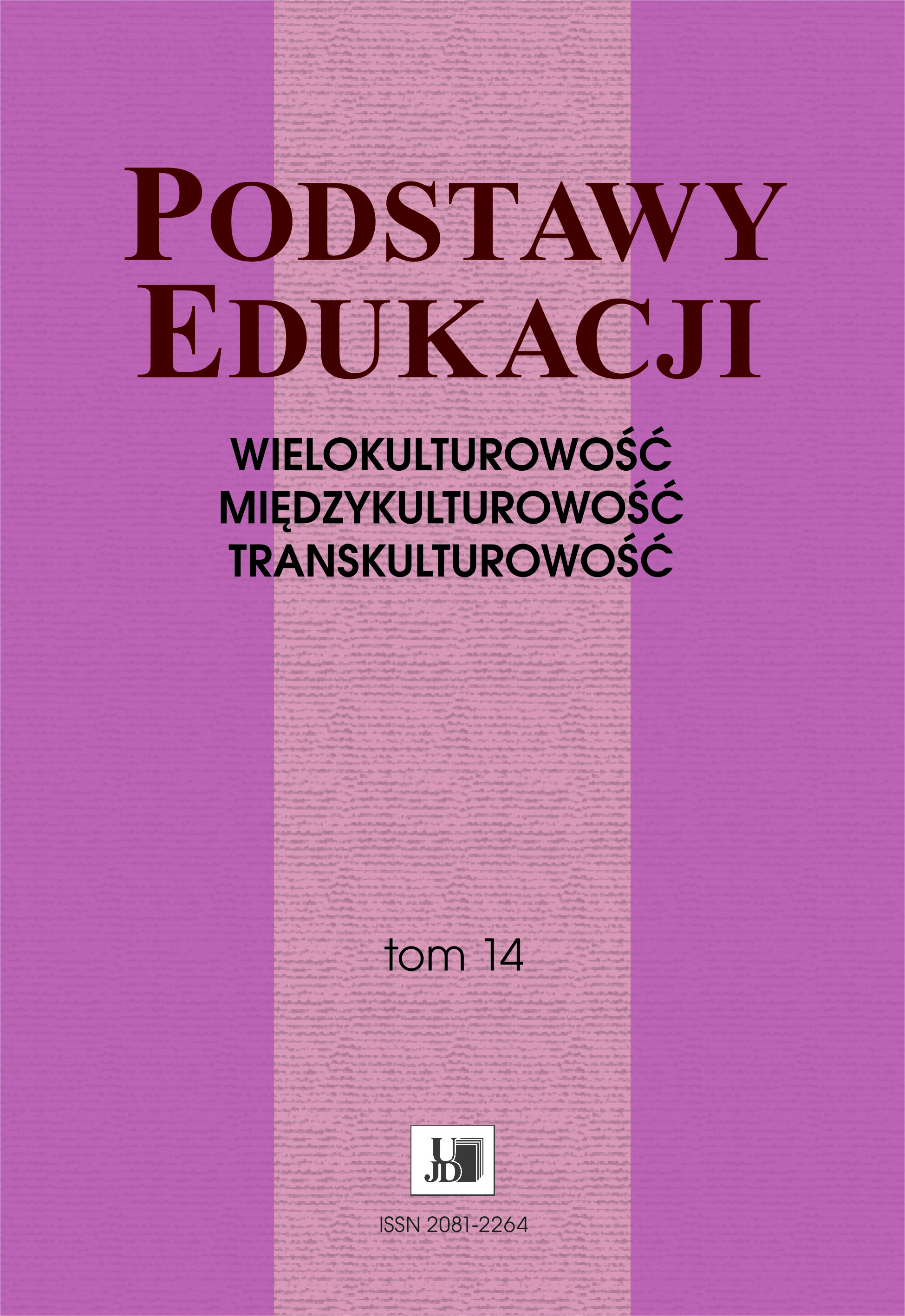Miejskie szkoły powszechne dla ludności żydowskiej w wielokulturowej Częstochowie okresu międzywojennego
Urban primary schools for Jewish population in the multi-cultural Częstochowa of the interwar period
Author(s): Katarzyna ZalasSubject(s): Social Sciences, Education, Sociology, History of Education, Ethnic Minorities Studies
Published by: Uniwersytet Jana Długosza w Częstochowie
Keywords: primary schools;interwar period;national minorities;multiculturalism;Czestochowa
Summary/Abstract: In the years 1918–1939, Częstochowa was a multicultural city just like the entire Second Republic was a multicultural country. Groups of people different in the aspects of their ethnic origin, speaking different languages, belonging to different religions, and also representing different cultures co-existed in it; nevertheless, it was Jews that constituted the dominant minority as far as religion was concerned. Economic development, territorial growth, and also increase in the population, observed throughout the period referred to hereinabove, and, first and foremost, a constantly increasing headcount of Jewish minority, rendered it necessary to organise social-cultural and educational institutions, the lion’s share of which were charitable and philanthropic organisations. The demographic structure in the years 1918–1939 determined the educational needs of the city as well. So as to ensure that Jewish population could undergo a compulsory education and complete it, the authorities of the city handed over three municipal primary schools (bearing the following num bers: 12, 13 and 15) to be used only and solely by the members of this very minority. The schools in question constituted an integral element of primary education in the city, and, therefore, suffered from the same difficulties with finding suitable buildings, personnel and organisation. It is, however, worth indicating that, thanks to the grassroots initiatives of the faculty in the aspect of the organisation of upbringing activities, these schools instilled the spirit of respect for the people of all confessions and nationalities, as well as for the state and local community.
Journal: Podstawy Edukacji
- Issue Year: 2021
- Issue No: 14
- Page Range: 147-165
- Page Count: 19
- Language: Polish

